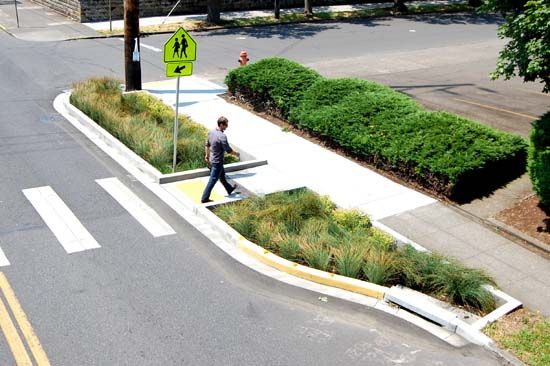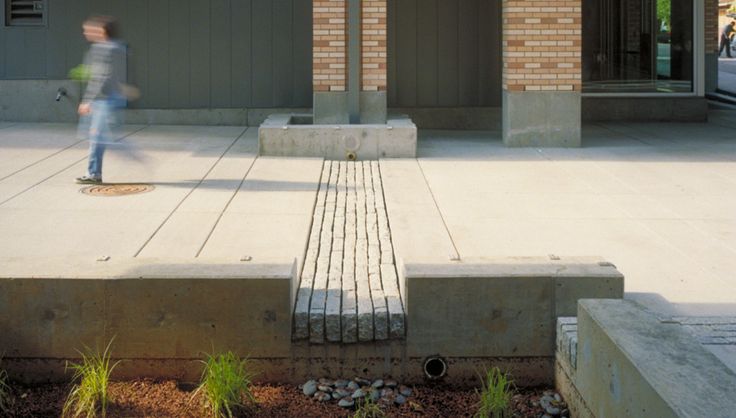Public facilities and community safety
Infrastructure
To spur economic growth and remain competitive at both a national and international level, San Antonio needs to continually maintain and upgrade our existing infrastructure—roads, bridges, electrical grid, water and sewage systems—incorporating principles of sustainable design. We can strategically use our infrastructure investments as a tool to support our broader urban planning and economic development goals.
The City has identified 13 employment centers that offer an opportunity to create vibrant, mixed-use places; the type of live-work-play environments that attract development and business nationally, but are lacking in San Antonio. We can use infrastructure investments to focus economic activity that will facilitate new development in these priority growth areas. We can also identify and invest retrofitting existing infrastructure to allow for a mixture of uses and facilitate denser development within these regional centers. Major public and private facilities can also be strategically located to serve as an additional catalyst for the development of downtown and other regional centers as destinations of choice for residential and business communities. New neighborhoods and other new developments should then be oriented around the parks, schools, libraries and other public facilities within these growth centers.
These same investments can also support the growth of San Antonio’s target industries within these centers. These targeted industries include biosciences and scientific R&D, information technology/security, advanced manufacturing and energy. Many of these industries rely on young, highly skilled professionals who will be attracted to the regional centers’ walkable neighborhoods, civic amenities and urban lifestyles.
To ensure the environmental sustainability and resilience of these growth centers and of San Antonio as a whole, we can promote development that leverages and protects the public’s investment in major green infrastructure and natural resource projects. As a core element of this sustainability program, the City can coordinate stormwater management by upgrading existing infrastructure with green stormwater management solutions. We can also implement stormwater infrastructure management policies that balance well-developed and well-maintained regional infrastructure with site-specific stormwater infrastructure.
Infrastructure investments must also take into account projected population growth to ensure there will be adequate capacity as demand increases. We need to be sure that public facilities and services remain aligned with public needs and expectations. The City can regularly evaluate the capacity and timing of new infrastructure, concurrent with private development. In addition, we can plan how best to expand water treatment and wastewater treatment plants. This will also require partnering with utility providers to regularly update their planning efforts and review processes. Finally, we should also systematically evaluate and identify existing infrastructure that is at or near the end of its lifespan, or that is operating at or above recommended capacity and plan accordingly for replacement or expansion.

